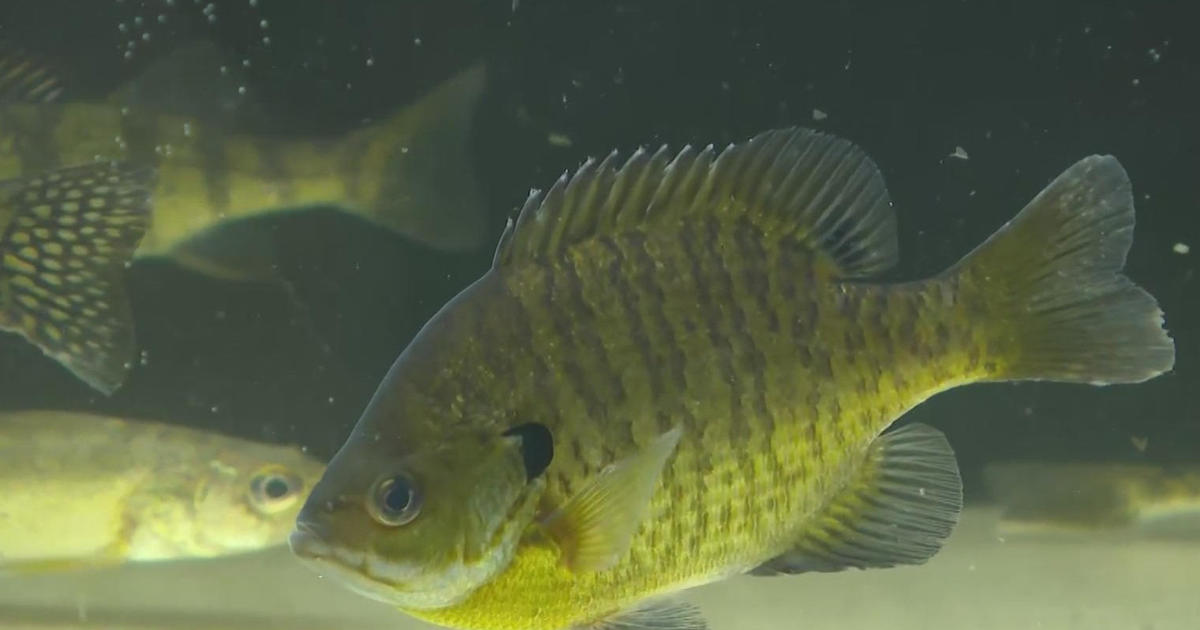U Of M Researcher Pushes For Drought-Resistant Grasses On Campus
MINNEAPOLIS (WCCO) - Despite all the rain we had in May, some of the state is still experiencing moderate drought conditions, and it's expected that will expand once we get to drier months like July and August.
Drought isn't just a concern in Minnesota -- California and other states have seen conditions reach a concerning level. But the University of Minnesota thinks they've developed grasses that can withstand even the driest conditions.
"I don't want a lawn full of weeds and dandelions," said James Bryant. "I like grass."
Just like pretty much everyone else in his New Brighton neighborhood, Bryant takes pride in his lawn. Keeping the grass green in the spring hasn't been a problem. It's the dry months ahead that have him concerned.
"I have portions of the yard where the sun gets the full hit on it most of the day," said Bryant. "And that takes a toll on it."
When rain becomes scarce, the sprinklers come on, but there's a price to pay for keeping our lawns from turning crispy.
"Even in the Land of 10,000 Lakes, water is a big concern for us," said Sam Bauer.
Bauer is a turf grass expert at the University of Minnesota. His vision is an extreme makeover at the U of M. He's hoping to eventually replace all 200 acres of campus grass with drought-resistant grass.
"With our typical species like blue grass or rye grass, you might be using 30 million gallons or more to maintain that in a year," said Bauer.
So to cut way down on water usage, Bauer is putting his stock in fescues. Namely, "tall fescue grass." Tall fescues look similar to Kentucky Blue Grass, which is what you see on most Minnesota lawns, but the U recommends tall fescues because of their deeper root system.
"Tall fescue has a bigger reservoir to draw water from thanks to that deeper root system," said Bauer.
You can already find the grass growing on parts of campus. In fact, Bauer said last summer, patches of tall fescues only needed to be watered once. Tall fescue grass seed has only been on the market for about three years, but it's quickly gaining popularity.
"If you went to these tall fescues, maybe you would be watering them once a month," Bauer said. "So there's big potential there to save 30,000 gallons in a month."
And Bauer thinks a drought-ridden state like California could benefit from the type of grass they grow in the lab, especially in Northern California.
At the U's turf grass research center, fescues have been put through an extreme test. An automated rain-out shelter imitates a drought. And it keeps water off the grass for weeks, yet fescues remain green.
Even "fine fescue grass," which is a combination of five grasses mixed together, is becoming the grass of choice at many Minnesota golf courses. Fine fescue has a shorter root system, but they don't require much water in order to thrive.
"These fine fescues can really provide firm and fast conditions," Bauer said. "That's what we are seeing at a lot of our major golf tournaments, which are now being held on fine fescues."
They're also becoming more available to property owners. Three years ago there weren't any fine fescue sod farms in Minnesota. Now there are five.
Bauer said you may pay more for fescue seed, but you'll save money and your lawn down the road.
"I would say you can certainly reduce your usage to a half, to even a quarter, of what you are currently working with," Bauer said.
Bauer said the U of M currently has 50 different turf grass studies going on at the research center.
He said within five years, there will be at least two new types of grass seed that will require even less water than fescues.



